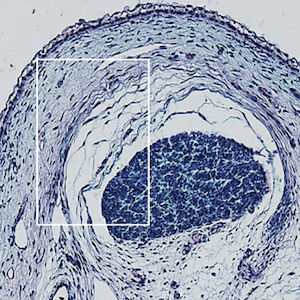Case Reports
Vol. 76 No. 2 (2024)
Novel genetic mutation associated with hyperphosphatemic familial tumoral calcinosis/hyperostosis-hyperphosphatemia syndrome treated with denosumab: a case report
Publisher's note
All claims expressed in this article are solely those of the authors and do not necessarily represent those of their affiliated organizations, or those of the publisher, the editors and the reviewers. Any product that may be evaluated in this article or claim that may be made by its manufacturer is not guaranteed or endorsed by the publisher.
All claims expressed in this article are solely those of the authors and do not necessarily represent those of their affiliated organizations, or those of the publisher, the editors and the reviewers. Any product that may be evaluated in this article or claim that may be made by its manufacturer is not guaranteed or endorsed by the publisher.
Received: 29 November 2023
Accepted: 2 April 2024
Accepted: 2 April 2024
1215
Views
490
Downloads











